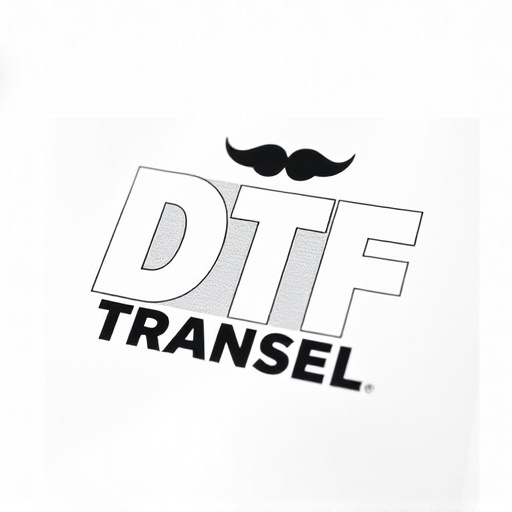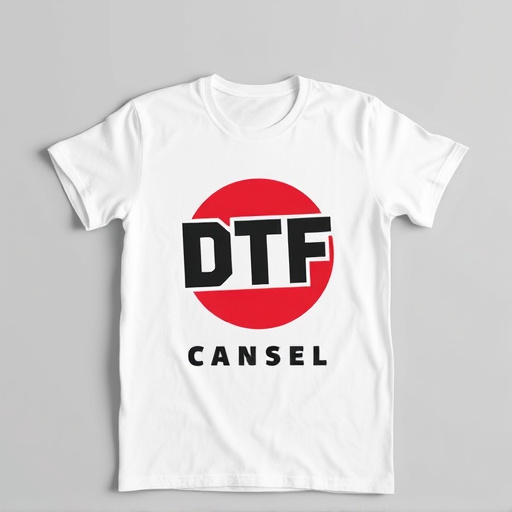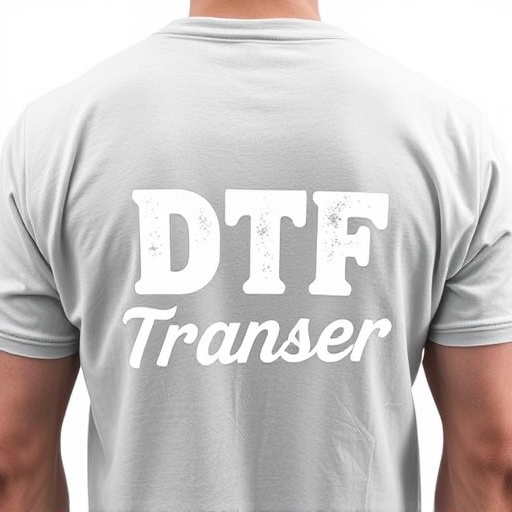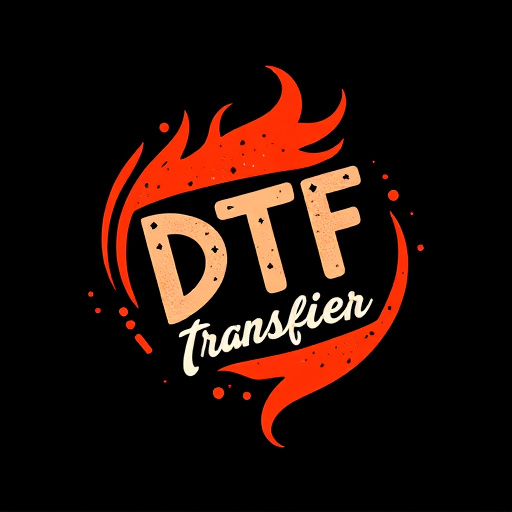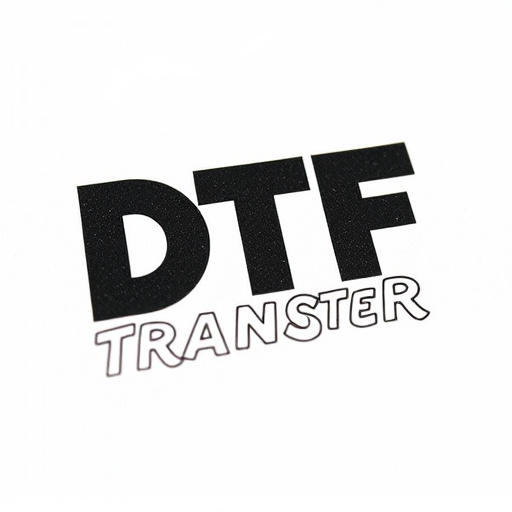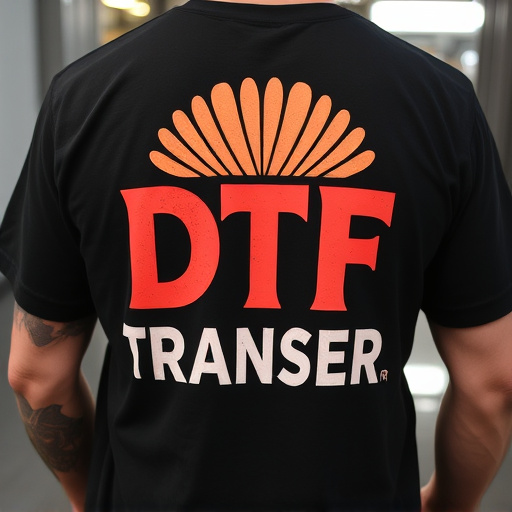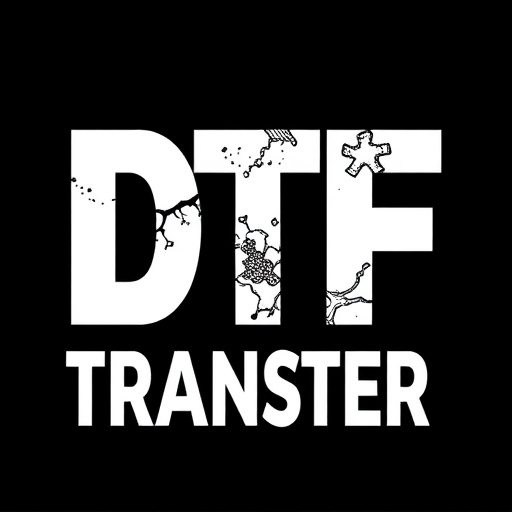Direct-to-Film (DTF) printing leverages cutting-edge technology to directly apply ink to film, eliminating intermediates and offering unparalleled precision and efficiency. Using specialized materials, DTF ensures vibrant, high-quality prints on diverse surfaces like glass, plastic, or metal. These materials resist smudging and rapid drying, preserving intricate details and colors for decorative art and functional signage applications. DTF's advantages include streamlining production, achieving consistent results, simplifying workflows, and supporting various industries from apparel to 3D printing. Choosing the right DTF-specific materials is crucial for optimal print quality, ensuring vibrant, durable designs that meet diverse needs.
Direct-to-film (DTF) transfers have revolutionized the way we replicate and reproduce visual content. This article delves into the intricacies of DTF technology, focusing on the pivotal role played by specialized materials in achieving impeccable print quality. We’ll explore the unique properties of ink-retentive substrates, the advantages they offer for film transfer, and their diverse applications. Understanding the right material selection is key to unlocking the full potential of DTF printing.
- Understanding Direct-to-Film (DTF) Transfers: A Basic Overview
- The Role of Specialized Materials in DTF Printing
- Properties and Characteristics of Ink-Retentive Substrates
- Advantages of Using DTF Material for Film Transfer
- Applications and Use Cases of DTF Prints
- Choosing the Right Material for Optimal DTF Results
Understanding Direct-to-Film (DTF) Transfers: A Basic Overview
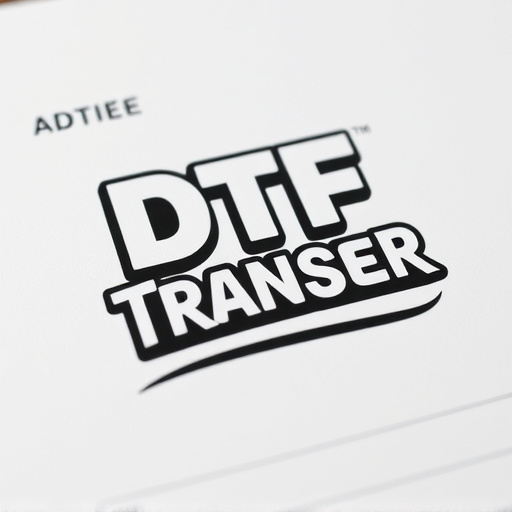
Direct-to-Film (DTF) transfers are a cutting-edge method in printing that enables the application of ink directly onto film, eliminating the need for traditional intermediates. This process is particularly revolutionary in various industries, offering unparalleled precision and efficiency. DTF allows artists and printers to achieve high-quality, vibrant prints by capturing intricate details and colors from digital art or existing films.
The key advantage lies in its direct approach, where ink is precisely deposited onto the film, ensuring a perfect replication of the original image. This method streamlines the printing process, reducing time and potential for errors. DTF is especially valuable in sectors like animation, motion graphics, and custom printing, as it facilitates rapid prototyping and small-batch production. With its ability to produce sharp, detailed DTF prints, this technology has become a game-changer, offering artists and businesses a versatile and efficient solution for their printing needs.
The Role of Specialized Materials in DTF Printing
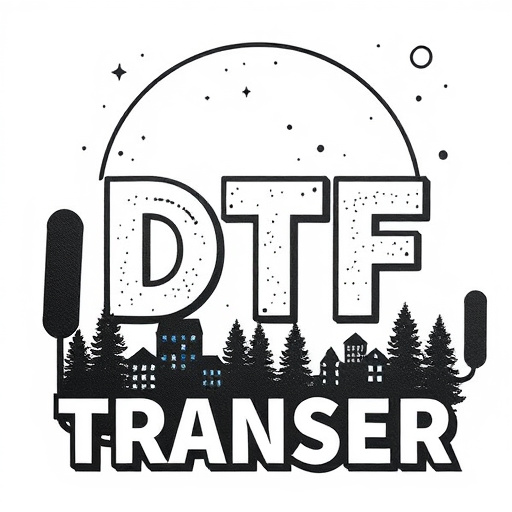
Specialized materials play a pivotal role in the process of Direct-to-Film (DTF) printing, ensuring high-quality and precise transfers. These advanced materials are designed to hold ink effectively, allowing for accurate reproduction of images and graphics directly onto various surfaces. The key lies in their ability to resist smudging and drying too quickly, which is crucial for the intricate details and vibrant colors often seen in DTF prints.
By utilizing these specialized materials, printers can achieve exceptional results, making them a game-changer in the industry. The ink adheres strongly to the film, enabling seamless transfer onto substrates like glass, plastic, or metal. This technology has revolutionized custom printing, offering businesses and individuals an efficient way to create unique, long-lasting DTF prints for various applications, from decorative art to functional signage.
Properties and Characteristics of Ink-Retentive Substrates

Special materials designed for direct-to-film (DTF) transfers possess unique properties and characteristics that enable them to effectively hold and retain ink during the printing process. These substrates, often referred to as DTF transfer films or papers, are engineered to facilitate precise and vibrant DTF prints. Key among these properties is their ability to absorb and evenly distribute ink, ensuring consistent color density and sharpness in the final image.
The ideal DTF substrate should be durable yet flexible, allowing for easy handling and application during transfers. It must also possess a smooth surface to promote optimal contact with the printing plate or screen, minimizing ink bleeding and smudging. Additionally, these materials often include coatings that enhance their adhesion to both the ink and the target surface, ensuring long-lasting DTF prints that are resistant to fading or smearing. These characteristics collectively contribute to the overall quality and longevity of DTF prints.
Advantages of Using DTF Material for Film Transfer

Using special materials for direct-to-film (DTF) transfers offers several advantages over traditional printing methods. DTF Transfer technology allows for high-quality, precise reproduction of prints directly onto various film surfaces. This process eliminates the need for intermediate steps, streamlining production and reducing potential errors.
With DTF, printers can achieve vibrant colors, sharp details, and exceptional resolution in their films. The material’s ability to hold ink effectively ensures consistent and durable prints, making it ideal for both short-run productions and one-off projects. Additionally, DTF Printing enables a more efficient workflow, as it simplifies the preparation and handling of film assets, ultimately saving time and resources for filmmakers and content creators.
Applications and Use Cases of DTF Prints
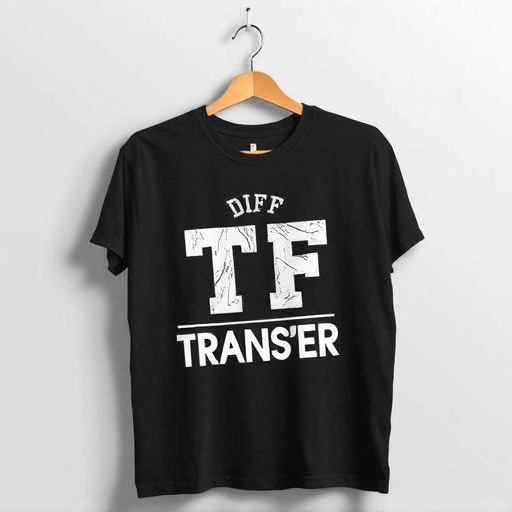
Direct-to-film (DTF) transfers have a wide range of applications across various industries, revolutionizing the way we create and reproduce visual content. From artistic expressions to commercial projects, DTF prints offer unique benefits that set them apart from traditional printing methods. One of its primary use cases lies in custom apparel and textile design. Designers can quickly transform digital artwork into vibrant, long-lasting prints on fabric, enabling small businesses and independent artists to bring their creative visions to life with ease.
Moreover, DTF technology is making waves in the world of signage and advertising. It allows for high-quality, direct printing on various materials like plastic, wood, and metal, ideal for crafting eye-catching signage, posters, and even custom car wraps. The versatility of DTF transfers also extends to product branding, packaging, and even 3D printing applications, where intricate designs can be swiftly applied to a multitude of surfaces.
Choosing the Right Material for Optimal DTF Results
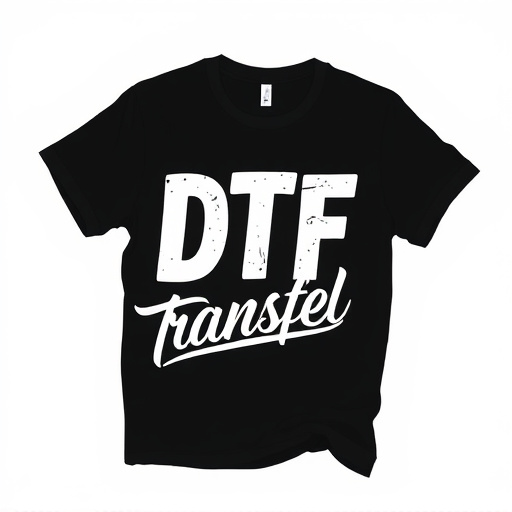
When it comes to direct-to-film (DTF) transfers, selecting the appropriate material is key to achieving superior results. The right substrate ensures optimal ink adherence, vibrant colors, and long-lasting durability for your DTF prints. Look for materials specifically designed for DTF printing, as these are engineered to meet the unique requirements of this process.
Factors like surface smoothness, ink compatibility, and dimensional stability play a significant role in material selection. Smooth surfaces facilitate even ink distribution, preventing bumps or streaks. Ink compatibility ensures that the chosen material allows for complete absorption of the ink, resulting in rich, saturated colors. Additionally, materials with excellent dimensional stability prevent warping or distortion during the printing and curing process, ensuring precise DTF transfers every time.



